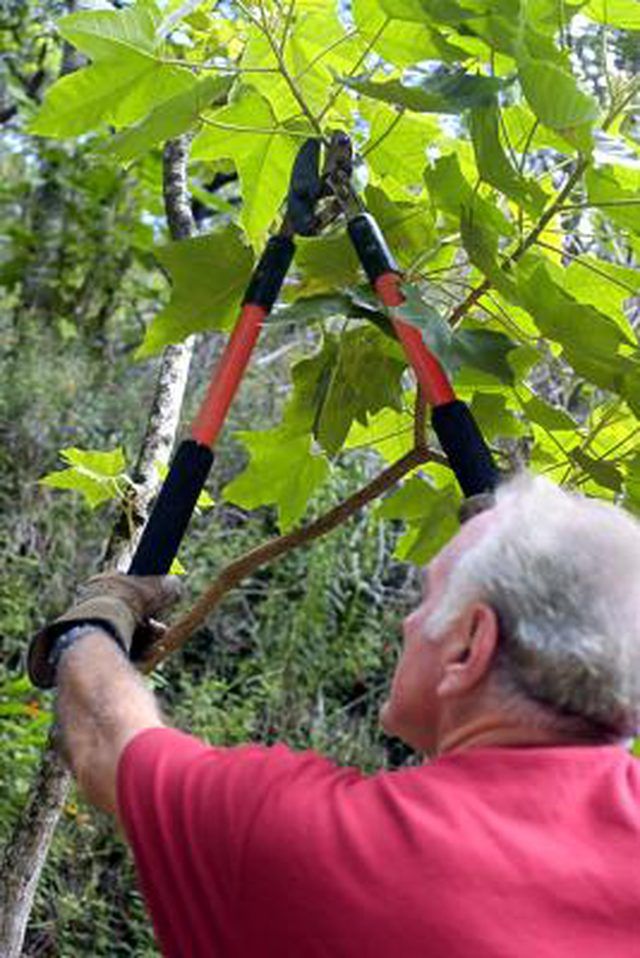Bulbs
Flower Basics
Flower Beds & Specialty Gardens
Flower Garden
Garden Furniture
Garden Gnomes
Garden Seeds
Garden Sheds
Garden Statues
Garden Tools & Supplies
Gardening Basics
Green & Organic
Groundcovers & Vines
Growing Annuals
Growing Basil
Growing Beans
Growing Berries
Growing Blueberries
Growing Cactus
Growing Corn
Growing Cotton
Growing Edibles
Growing Flowers
Growing Garlic
Growing Grapes
Growing Grass
Growing Herbs
Growing Jasmine
Growing Mint
Growing Mushrooms
Orchids
Growing Peanuts
Growing Perennials
Growing Plants
Growing Rosemary
Growing Roses
Growing Strawberries
Growing Sunflowers
Growing Thyme
Growing Tomatoes
Growing Tulips
Growing Vegetables
Herb Basics
Herb Garden
Indoor Growing
Landscaping Basics
Landscaping Patios
Landscaping Plants
Landscaping Shrubs
Landscaping Trees
Landscaping Walks & Pathways
Lawn Basics
Lawn Maintenance
Lawn Mowers
Lawn Ornaments
Lawn Planting
Lawn Tools
Outdoor Growing
Overall Landscape Planning
Pests, Weeds & Problems
Plant Basics
Rock Garden
Rose Garden
Shrubs
Soil
Specialty Gardens
Trees
Vegetable Garden
Yard Maintenance
How to Make Your Own Pruned Tree Paint
How to Make Your Own Pruned Tree Paint. Although not all trees need wound paint after pruning, sometimes it makes sense to apply tree paint after pruning. Some trees like oaks, elms, maple, willow and birch can host fungi that enter through cuts, which eventually kill the tree. Boring insects can also enter open wounds on trees, feeding on the wood...

Although not all trees need wound paint after pruning, sometimes it makes sense to apply tree paint after pruning. Some trees like oaks, elms, maple, willow and birch can host fungi that enter through cuts, which eventually kill the tree. Boring insects can also enter open wounds on trees, feeding on the wood inside. Sealing them provides a protective barrier. After pruning, sealing the wound with safe paint adds a measure of protection for the tree, which gives the cut a chance to heal. By making your own wound paint, you know what the ingredients are and can mix up a batch whenever you plan to prune. The ingredients for homemade wound paint last a long time, and are safe to store for months.
Things You'll Need
Diatomaceous earth
Composted animal manure
Soft rock phosphate
Pail or bucket
Water
Clean stick
Paintbrush
Measure three parts each of diatomaceous earth, composted animal manure and soft rock phosphate into a plastic pail or bucket. Diatomaceous earth is a product made from finely crushed diatoms, a fossilized sea plant. After grinding, the powder has sharp edges that cut the shells of entering bugs, eventually killing them. Decomposed animal manure and soft rock phosphate contain micronutrients that the tissue can use to help it heal. All these products are available at home improvement stores with garden shops, or in plant nurseries.
Use a clean stick to stir the mixture, incorporating the ingredients evenly.
Add enough water to form a paste to cover the wound. Dip your paintbrush into the solution and apply it to the cut. When it spreads evenly, the paint is the right consistency. Finish putting the paint on with your paintbrush, covering all the spots where you cut limbs or branches. If it rains or your sprinklers wash the paint away, reapply. The cambium, the layer just below the bark, is the living part of the tree trunk that generates a callus, to cover the wound. The callus closes the trunk of the tree, preventing further injury.